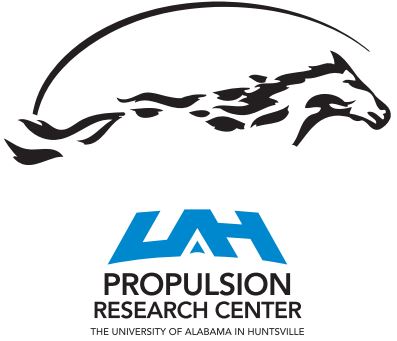Impacts of In Situ Alternative Propellant on Nuclear Thermal Propulsion Mars Vehicle Architectures
Source
UAH PRC Research Database
Document Type
Article
Publication Title
Journal of Spacecraft and Rockets
Abstract
Recently, NASA has pushed for returning humans to the moon sustainably with In situ resource utilization being the central focus. In its permanently shadowed regions, the moon has an abundance of water and ammonia, which are two potential alternative propellants to hydrogen in nuclear thermal propulsion (NTP) engines. Using Aerojet Rocketdyne Mars mission architectures and University of Alabama in Huntsville NTP engine models, this research analyzed the impacts of using water or ammonia as propellants on mission architectures. For a human mission to Mars originating in the lunar distant retrograde parking orbit, when comparing the baseline hydrogen vehicles to vehicles using water or ammonia, the effects of increased propellant density by an order of magnitude despite a 62% decrease in specific impulse will still require an average of 53% of the launches for vehicle assembly, 59% of the dry mass, 25% of the propellant volume for the conjunction-class mission, and 50% of the propellant volume for the opposition-class mission when comparing against the baseline hydrogen vehicle. Due to the oxidative nature of water, which results in 29% of the engine life compared with that of hydrogen and ammonia, ammonia outperforms water in terms of the total number of missions per engine block by an average factor of 6.8. Because ammonia’s specific impulse is 40.6% that of hydrogen, the propellant mass is increased by a factor of 2.9 and longer burn times result in an average of a 10% decrease in the total number of missions that the hydrogen system can achieve. Since the changes to the vehicle architecture are more extreme and in favor of ammonia than the total mission capability, for reusable vehicles using NTP technology ferrying humans to Mars while utilizing in situ propellants from the moon, this research recommends ammonia as the propellant of choice.
First Page
2038
Last Page
2052
DOI
https://doi.org/10.2514/1.A35399
Publication Date
11-1-2022
Recommended Citation
Nikitaev, Dennis and Thomas, Dale L., "Impacts of In Situ Alternative Propellant on Nuclear Thermal Propulsion Mars Vehicle Architectures" (2022). PRC-Affiliated Research. 9.
https://louis.uah.edu/prc-research/9


